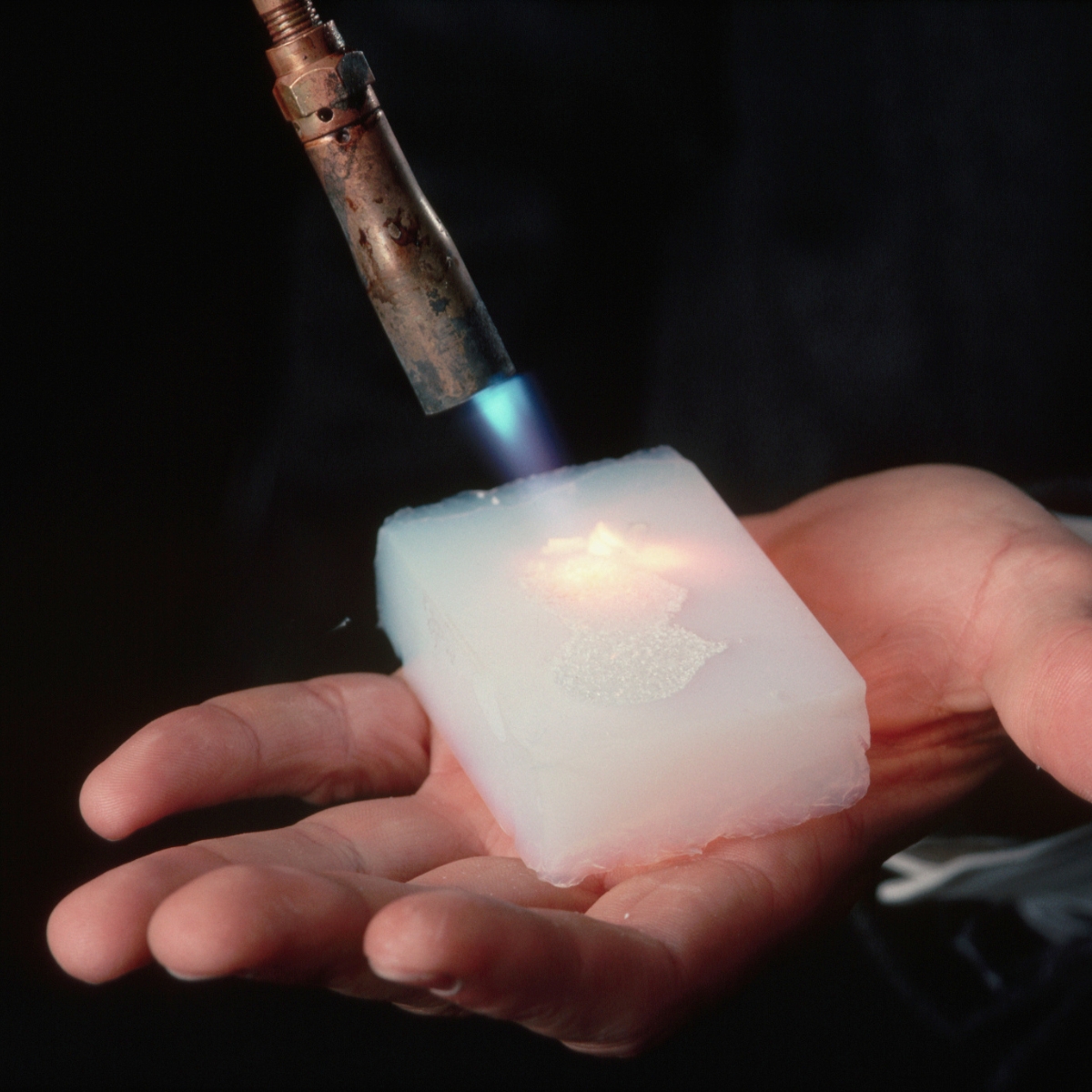Introduction to Aerogel
Aerogel is a material that can be described as “frozen smoke,” “solid air,” and similar phrases that reflect its nature. It can contain up to 99 parts of a product, to which the company adds only one part of its own. 8% air, aerogel is a solid material which is formed from gels where the liquid phase in the gel is replaced with a gas. This leads to the formation of a material that is notably both lightweight and highly resistant, as well as boasting outstanding thermal conductivity and heat dissipation.
The Science Behind Aerogel
Aerogel is synthesized employing a technique known as supercritical drying that aims at eliminating the liquid from the gel without compromising the structure. This process preserves the porous network of nanostructures in the gel and it is what makes aerogel unique. Silica-based aerogels represent the largest part of the aerogel family but it is also possible to create other types of aerogels based on carbon, alumina or polymers. Current work in the field of aerogel technology is still conducted and scientists always endeavor to come up with ways of improving the aerogel technology.
Applications in Insulation
The major application of aerogel is in insulation, though it has been found to have many other uses. This low coefficient of thermal conductivity makes aerogel an excellent insulator, utilized in construction, textiles, and space endeavors. Aerogel has indeed been used by NASA in spacecraft and for astronauts’ suits where it was proven to be quite efficient in extreme temperatures. Its application in infrastructures for instance in the insulation of buildings can for instance cut down energy usage and enhance energy productivity. Current research still strives to expand the field of aerogel application into many fields to improve their performance.
Environmental Impact and Sustainability
It is also important to note that Aerogel has a very important part to play in the sustainability of our environment. Its thermal insulating characteristic helps in energy conservation and the fact that it can absorb pollutants makes it useful in environmental remedial activities. Aerogel has the ability to adsorb oil and other forms of pollutants from water thus offering a solution for issues relating to oil slicks and industrial effusions. Scientists have also not relented in their search for other avenues through which the aerogel could be used to assist in the preservation of the environment and the promotion of sustainability.
Future Prospects
This is likely because aerogel has an interesting future ahead, with continuous work underway to improve its characteristics and find new uses for it. Future developments in the synthesis of aerogels might result in the cost of the production of the material being significantly lowered which would make its usage feasible in many more applications. With upcoming technological development, there is high likelihood that aerogel will be applied in other diverse area such as in the electronics and in the medical fields. In this emerging field, students of PhD in different specialties such as material science and engineering are usually in the line to contribute to the development of aerogel technology.
Conclusion
Aerogel is the fascinating material that can be widely used in almost every field, starting from insulation and ending with environmental technologies and other high-tech applications. As a result of its properties, it can be considered an essential resource in addressing some of the most crucial problems facing the world today, especially in relation to energy and conservation. Far more development is yet to be done but the capability that aerogel has shown will only be amplified, making it an important part to build a better future. Such experiences may be inspiring for students who are planning to get a PhD in clinical psychology or other areas as an example of how practice and persistent work can contribute to the progress.








